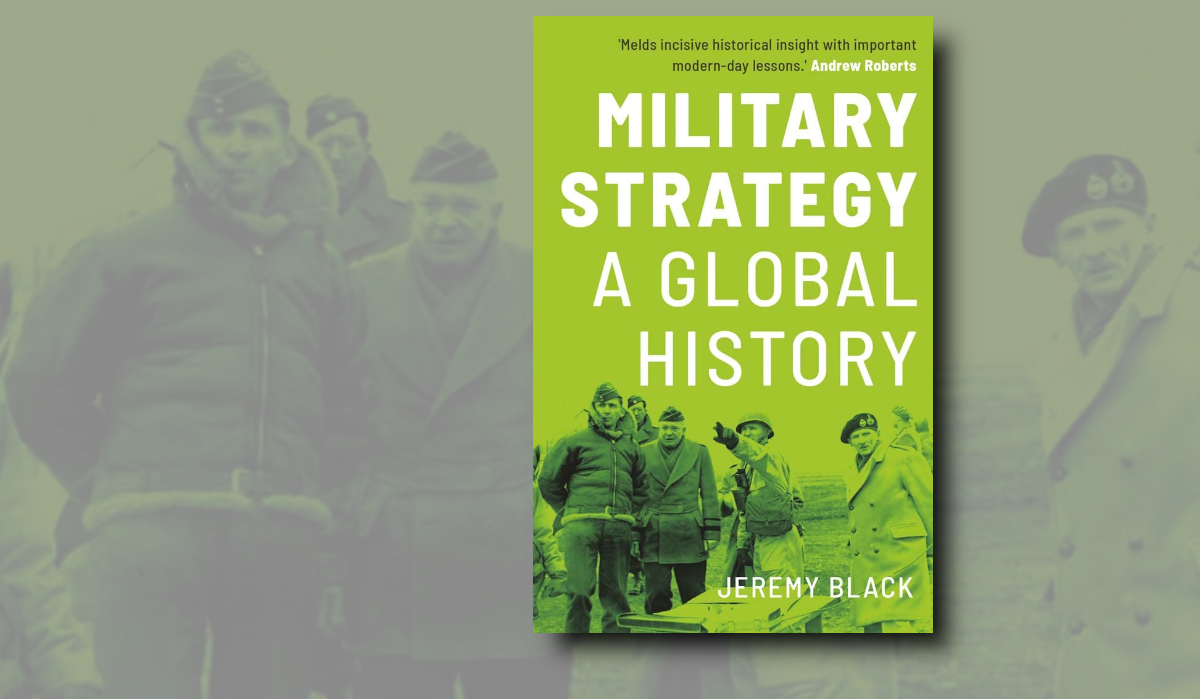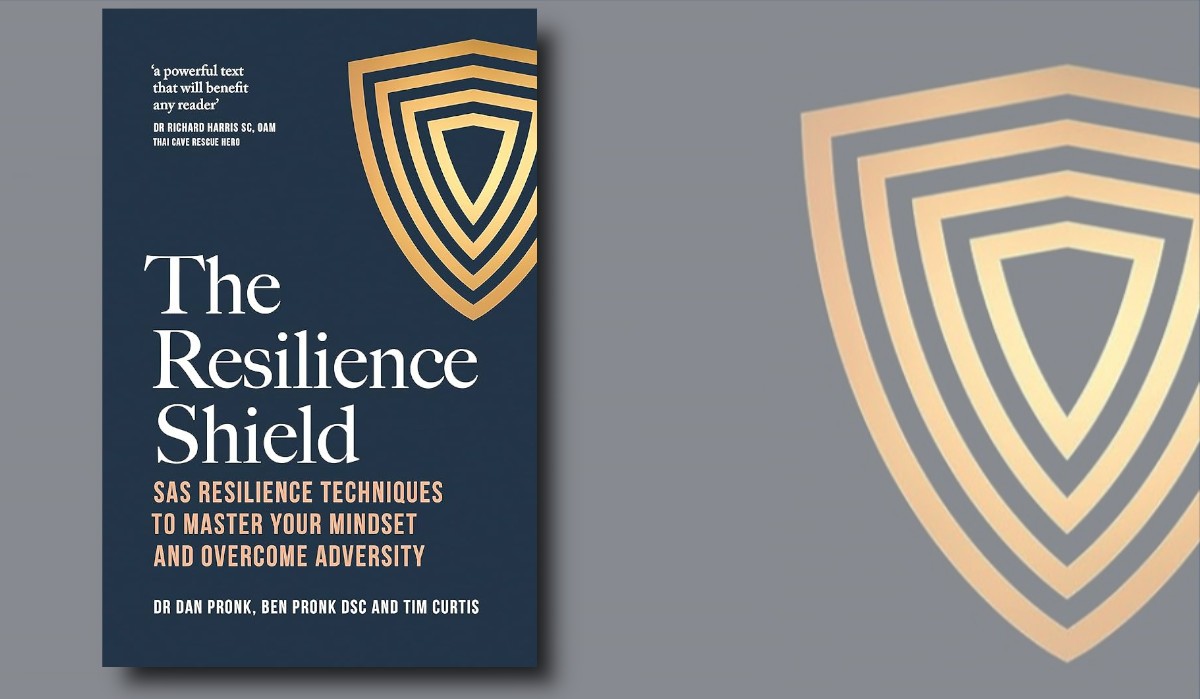Military Texts Referenced:
1. From Victory to Stalemate: The Western Front, Summer 1944. Decisive and Indecisive Military Operations Volume 1 , University Press of Kansas, 2016, ISBN 9780700622931
2. From Defeat to Victory: The Eastern Front, Summer 1944. Decisive and Indecisive Military Operations Volume 2, University Press of Kansas, 2016, ISBN 9780700622955
Both by C.J. Dick a former British Army officer, senior lecturer at the Soviet Studies Research Centre and a senior fellow at the Defence Academy of the UK.
There is no shortage of popular, academic and professional accounts of the Second World War. Therefore, to attract the attention of military professionals, new books must offer something exceptional. CJ Dick’s two volumes on the summer campaigns of 1944 meet that requirement. He uses operational art and the principles of war as a framework for his analysis, which is refreshing. This leads to a distillation of lessons that can be applied to future war. Dick uses language that contemporary military members understand which makes both books easy to read (although non-soldiers may struggle). The logical progression from description, to analysis, to lessons and then lessons for future war sets these books well apart from the rest. Generally military history books leave the reader with the responsibility to link the past with how it can inform the conduct of future war. This is not the case here as Dick makes the final link to the implications for future war.
The author clearly articulates the operational level challenges faced by the allies and how they choose to prosecute their campaigns in the summer of 1944. Volume 1 focuses on the Western Front and his description of the challenges faced by commanders, their solutions, missed opportunities and mistakes leads to an excellent level of analysis. His analysis sometimes makes the reader wonder how the British, US and Canadian armies achieved anything in France in the summer of 1944. The author is very critical of the allied leadership and this is backed up with compelling evidence and detailed analysis.
The volume on the Eastern Front offers a stark contrast to the Western Allies’ lacklustre performance over the same period. The description and analysis of Soviet Operational Art highlights the Western Allies’ muddling. The Soviets provide almost a textbook example of how operational art should be conducted. Dick clearly describes the Soviet concept for operations that was developed pre war and then how the Soviets linked operations with the sole aim of destroying major German formations, of which they were very successful at during 1944. The Western Allies also articulated there aim as the destruction of German Forces in France, but in practice actually focused on seizing terrain which allowed German units to escape destruction and to be later reconstituted.
The two volumes of Decisive and Indecisive Military Operations were originally conceived as a single book. Not every detail, insight, and judgment is completely new, unique or utterly impartial, but the Dick's skilled movement between the provision of information and its analysis always feels logical and convincing. His description of the logistic realities in both the western and eastern campaigns provides a valuable context for the reader in understanding the challenges faced by the allies.
Despite a vast number of worthy books, such as those by David Glantz and Stephen Hart, that cover the same theatres and timeframes, the author has produced two remarkable volumes that stand out from the crowd. No matter how many other books on this subject you have in your library, From Victory to Stalemate: The Western Front, Summer 1944 and From Defeat to Victory: The Eastern Front, Summer 1944 are worthy additions. Dick provides the reader with a clear example of how the operational art should and should not be conducted. Lastly, his discussion of future war adds another dimension that all military professionals will appreciate. Dick’s description of events, lessons, analysis of commanders and their application of operational art and then forecasting what that analysis means for the conduct of future war is excellent and well worth the time to read both volumes.




